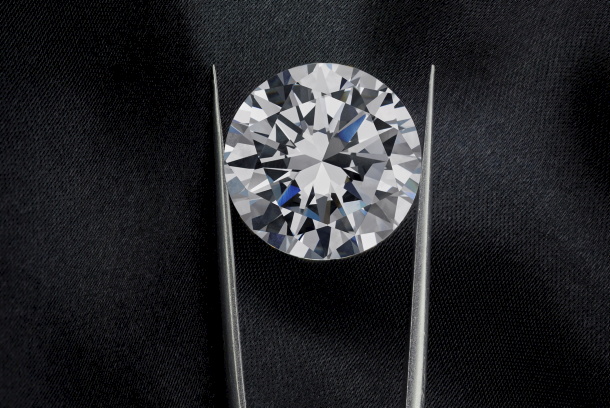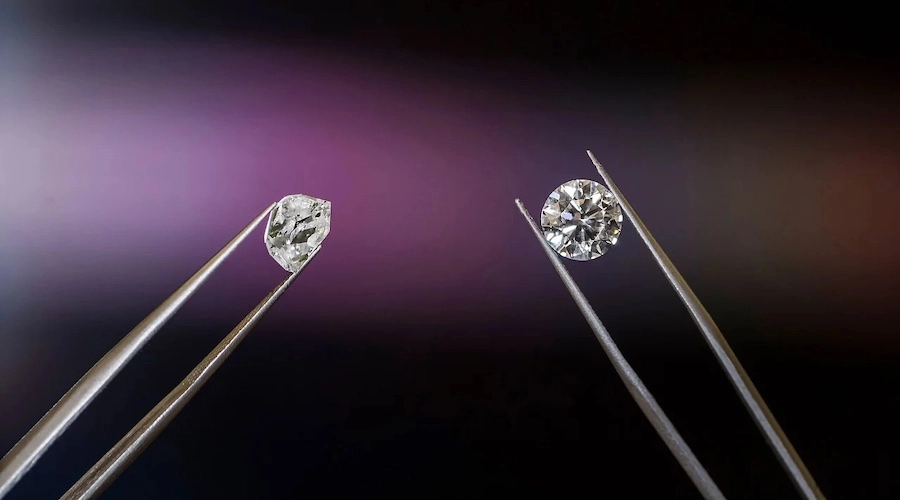
Australia’s engagement ring landscape is undergoing a rapid transformation, with new data revealing that 70% of couples are now choosing lab-grown diamonds a significant 14% jump from 2024. The findings reflect a global shift, but the trend is particularly strong in Australia, where transparency, value, and ethical sourcing have become central to purchasing decisions.
Bespoke jeweller Taylor & Hart reports that the surge is driven by a “growing demand for sustainability, ethical sourcing and better value,” sentiments that strongly mirror what Australian consumers have been telling jewellers and grading laboratories. With the cost of living rising and buyers becoming more informed, many couples are discovering that lab-grown diamonds offer a larger, higher-quality stone at a more accessible price point, without compromising on brilliance or beauty.
Bigger Diamonds, Better Value
The research shows that the average carat weight for engagement rings has increased from 1.30ct in 2024 to 1.75ct in 2025. This preference for larger stones is especially notable in Australia, where consumers are increasingly prioritising standout centre stones supported by accredited, independent certification.
As Australia’s only CIBJO-accredited laboratory, the Diamond Certification Laboratory of Australia (DCLA) continues to emphasise the importance of reliable, independent grading for both natural and lab-grown diamonds. With the rise in lab-grown popularity, ensuring accurate grading particularly for colour, clarity, and cut quality has become more essential than ever.
Oval Cuts Reign Supreme
When it comes to shapes, oval diamonds have maintained their position as Australia’s most in-demand cut, surpassing the traditional round brilliant for yet another year. Ovals offer exceptional finger coverage, a timeless silhouette, and a modern flair qualities that strongly appeal to today’s couples.
Celebrities continue to influence Australian buyers, with high-profile engagements featuring oval diamonds dominating social media and bridal inspiration boards. Georgina Rodríguez’s dramatic oval diamond, Winnie Harlow’s striking 8.5-carat centre stone, and earlier icons such as Hailey Bieber, Kourtney Kardashian, Blake Lively, and Lady Gaga have all contributed to the shape’s enduring popularity.
This influence is reflected in purchasing trends, with Taylor & Hart noting that the average oval diamond chosen in 2025 has increased to 1.75ct, up from 1.30ct the year prior.
What This Means for Australian Buyers
Australia’s diamond market is becoming increasingly sophisticated, with more consumers seeking:
- Ethical and transparent sourcing
- Value-driven purchasing options
- Larger, beautifully cut stones
- Independent certification they can trust
At DCLA, we welcome this shift toward informed, responsible purchasing. Whether choosing a natural diamond or lab-grown diamond, buyers deserve fully transparent, independently verified grading—and a clear understanding of what they’re investing in.
As trends continue to evolve, one thing remains constant: Australian couples are rewriting tradition in ways that prioritise authenticity, expression, and ethical choice—values that align strongly with the future of the diamond industry.



